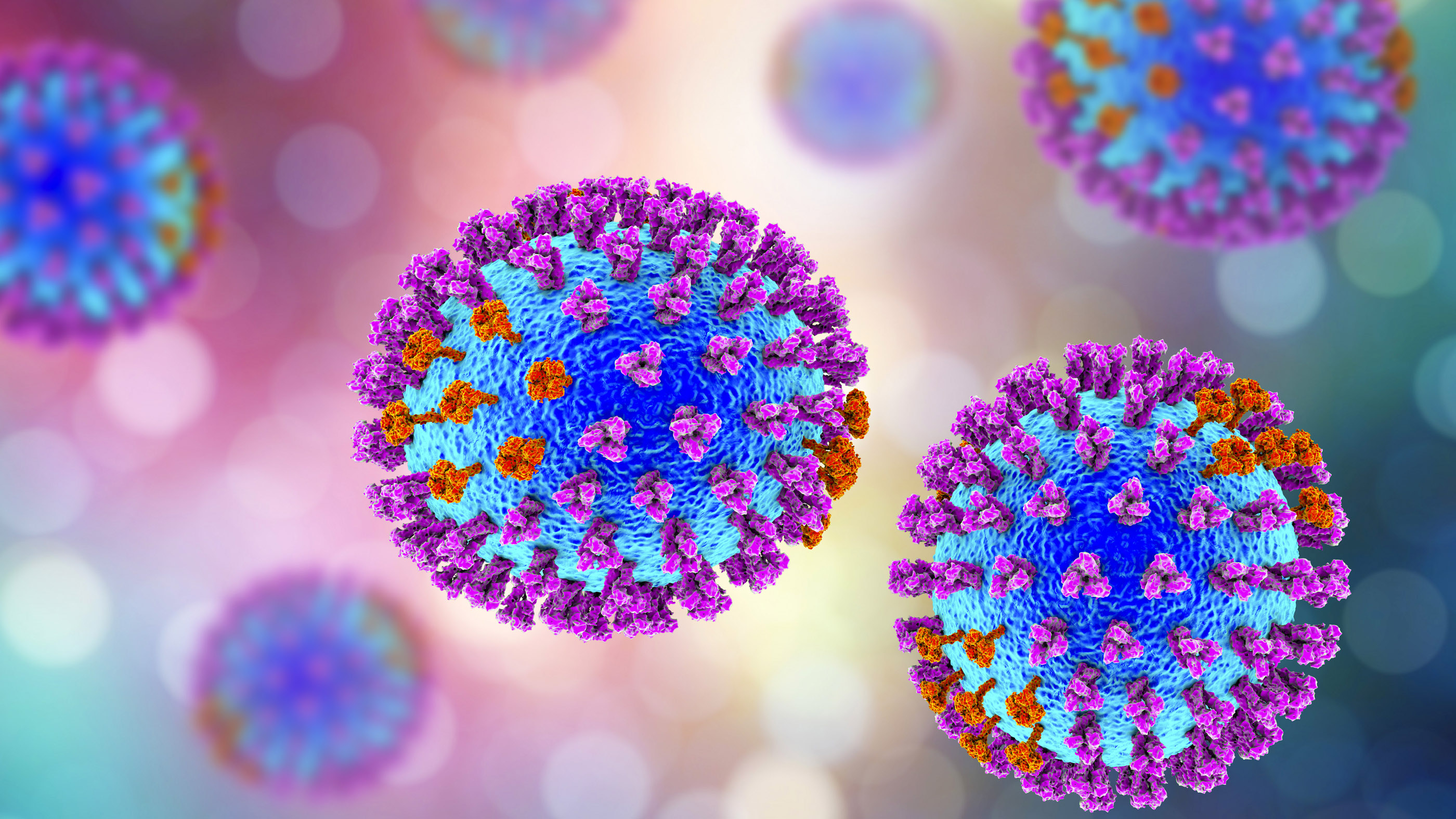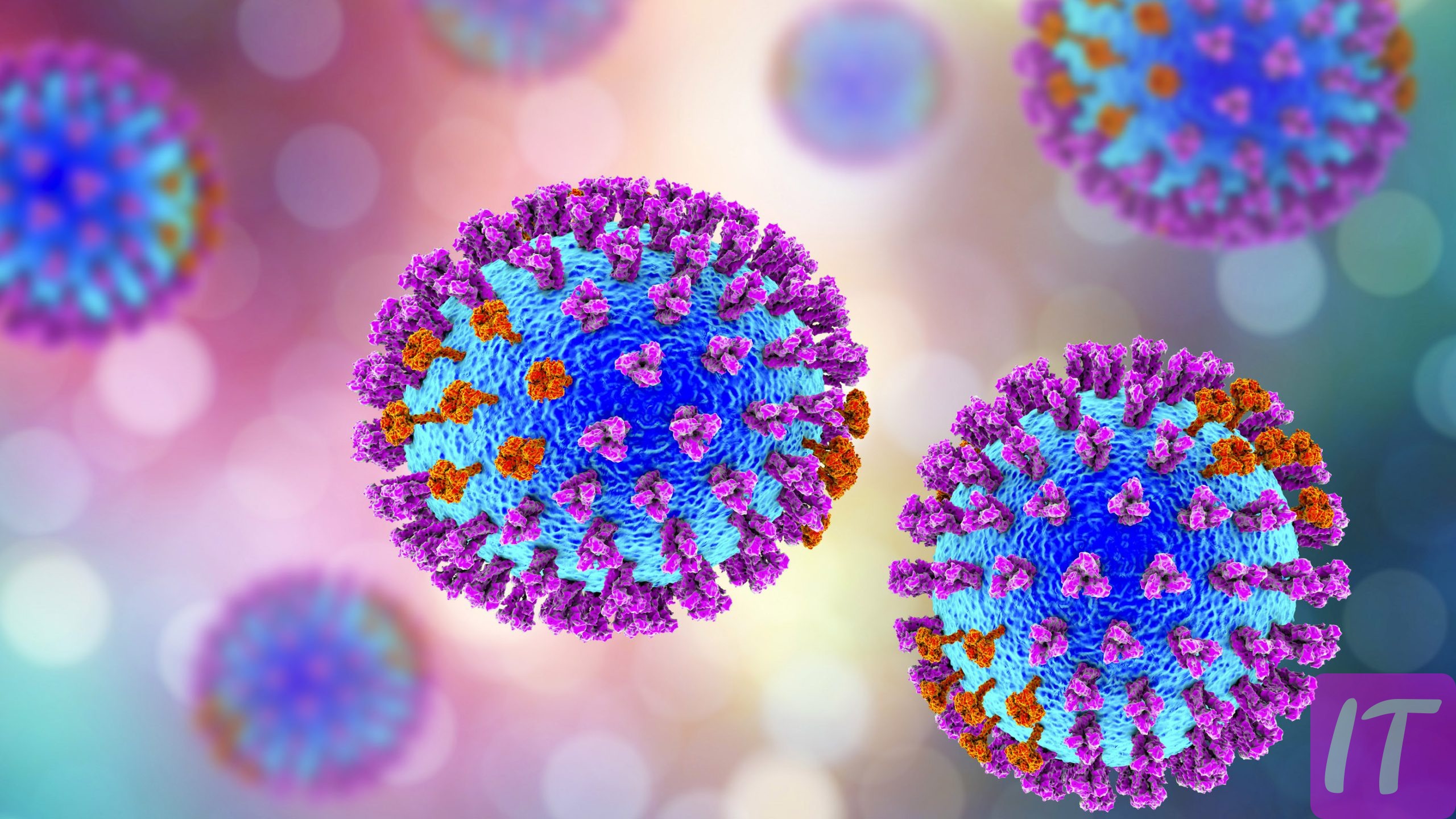Viruses have always fascinated and horrified us in equal measure. With the ability to mutate and spread rapidly, they sometimes cause unfathomable harm and disruption. Ebola, for instance, has an average fatality rate of 50%, demonstrating just how lethal these microscopic invaders can be.
Historically, viruses like the Spanish Flu claimed millions of lives in the early 20th century. More recently, the SARS-CoV-2 virus has caused a global pandemic, highlighting the ever-present danger of viral infections. It’s crucial to continue research and development for effective vaccines and treatments against these potent threats.

What are the strongest and deadliest viruses in the world?
Many viruses around the world are known for their devastating impacts on human health. Among them, the Ebola virus stands out due to its high fatality rate, often reaching up to 90%. This virus primarily spreads through direct contact with blood or bodily fluids of an infected individual. It causes severe hemorrhagic fever, leading to internal and external bleeding. Ebola outbreaks have resulted in thousands of deaths, particularly in Africa.
Another deadly virus is HIV, which leads to AIDS. Over 32 million people have died from AIDS-related illnesses since the virus was first recognized. Although there is no cure yet, antiretroviral treatments have significantly improved the prognosis for many. HIV attacks the immune system, making individuals vulnerable to other infections and diseases. The virus mainly spreads through unprotected sex, sharing needles, and from mother to child during childbirth or breastfeeding.
Influenza, often underestimated, can also be extremely deadly during pandemics. The Spanish Flu pandemic of 1918 infected one-third of the world’s population and killed about 50 million people. Seasonal flu strains continue to circulate globally, causing significant morbidity and mortality each year. Vaccination remains the most effective way to prevent severe flu infections. Public health agencies constantly monitor flu virus mutations to update vaccines annually.
The Hantavirus is another considerable threat, often transmitted through contact with rodent urine, droppings, or saliva. It can cause Hantavirus Pulmonary Syndrome (HPS), which has a fatality rate of around 38%. Early symptoms include fatigue, fever, and muscle aches, which can quickly progress to severe respiratory distress. Due to its mode of transmission, preventive measures focus on rodent control and avoiding contact with their habitats.
The Impact of High Fatality Viruses
High fatality viruses have severe effects on both human health and economies. The spread of viruses like Ebola and Marburg often leads to massive healthcare crises that overwhelm medical systems. These outbreaks not only result in numerous deaths but also create long-lasting psychological trauma for survivors. Economic activities come to a standstill as quarantine measures are put in place. Recovery can take years and involves substantial funding and international support.
Viruses with high fatality rates also strain resources and infrastructures. Healthcare workers face extreme challenges, including a shortage of medical supplies and protective equipment. The societal impact extends beyond immediate health concerns, disrupting education systems and local governance. Vaccination and timely medical intervention are critical in controlling these outbreaks. Communities suffer long-term setbacks, making rehabilitation efforts essential.
Global travel amplifies the risk of spreading deadly viruses. It becomes easier for infectious diseases to cross borders rapidly, impacting countries that may not be prepared for such outbreaks. The World Health Organization (WHO) plays a crucial role in coordinating international responses. Measures like travel restrictions can buy time but also have economic costs. Cooperation among nations is vital for effective disease control.
Public awareness and education are essential in managing the impact of high fatality viruses. People need to understand how these viruses spread and what precautions to take. Simple actions like proper handwashing and avoiding contact with infected individuals can save lives. Government campaigns and media play a significant role in disseminating this information. Community engagement is key to successful containment and prevention efforts.
The Deadliest Virus: The Hantavirus
The Hantavirus is one of the deadliest viruses known to humans. Spread primarily through contact with rodent urine, droppings, or saliva, it can cause severe disease. Hantavirus Pulmonary Syndrome (HPS) has a high fatality rate, often around 38%. Early symptoms can resemble the flu, making early diagnosis difficult. The infection can progress swiftly, leading to severe respiratory issues.
The virus was first identified in the 1950s during the Korean War. Soldiers were falling ill with a mysterious disease that later was linked to rodent exposure. Today, cases are most often reported in rural areas where people come into contact with rodent habitats. Preventive measures include sealing homes against rodents and avoiding places where there are signs of rodent activity. Public health campaigns aim to educate about these risks.
Hantavirus outbreaks can have a significant impact on local communities. The fear of infection can disrupt daily life and economic activities. Healthcare systems may struggle to provide adequate care due to the sudden influx of patients. Effective rodent control and sanitation measures are essential in curbing the spread of this deadly virus. Community involvement in these efforts plays a critical role.
Research continues to focus on understanding Hantavirus and finding treatments. There’s no specific cure or vaccine available yet, making prevention crucial. Scientists are also studying the virus to develop better diagnostic methods. International cooperation and funding are needed to support these research efforts. Public awareness can help reduce the number of infections significantly.
The Ebola Virus: A Brief Overview
The Ebola virus is a severe and often fatal illness in humans. It was first identified in 1976 near the Ebola River in what is now the Democratic Republic of Congo. The virus is known for causing outbreaks with high mortality rates. It spreads through direct contact with blood or bodily fluids of an infected person. Healthcare workers are often at risk due to their close proximity to the patients.
Symptoms of Ebola can appear anywhere from 2 to 21 days after exposure. They start with fever, fatigue, and muscle pain and can progress to severe bleeding and organ failure. Due to its high fatality rate, early diagnosis and isolation of patients are crucial. Safety protocols include the use of personal protective equipment (PPE) by medical staff. Prompt medical treatment can improve survival rates.
There are five known species of the Ebola virus, each with varying degrees of severity. The Zaire species is the most fatal, causing the most deadly outbreaks. Between 2014 and 2016, West Africa experienced the largest outbreak, with over 11,000 deaths. This epidemic brought global attention to the need for better healthcare infrastructure. Research on vaccines and treatments increased significantly during and after this period.
Efforts to control Ebola outbreaks involve extensive community engagement and education. Public health officials educate people on how to prevent the spread of the virus. Measures include avoiding contact with bodily fluids of infected individuals and practicing good hygiene. Isolation and safe burial practices are essential to halt transmission. International aid often supports these campaigns.
Vaccination has shown promise in controlling Ebola outbreaks. The rVSV-ZEBOV vaccine has been used in recent outbreaks with success. Vaccination campaigns focus on high-risk populations, including healthcare workers and people in affected areas. This proactive approach has helped reduce the impact of new outbreaks. Continued research is vital to develop more effective vaccines and treatments.
The Terrifying Reality of the Rabies Virus
The Rabies virus is almost always fatal once symptoms appear. It is transmitted through the saliva of infected animals via bites or scratches. Common carriers include dogs, bats, and raccoons. The virus attacks the central nervous system, leading to brain inflammation. If not treated promptly, the infection can cause death within days.
Early symptoms of rabies are similar to the flu. Patients may experience fever, headache, and general weakness. As the disease advances, neurological symptoms such as anxiety, confusion, and agitation develop. Severe cases involve hallucinations, hyperactivity, and even paralysis. Post-exposure prophylaxis (PEP) is essential for anyone bitten by a potentially rabid animal.
Vaccination is crucial in preventing rabies. People at high risk, such as veterinarians and wildlife workers, receive pre-exposure vaccines. In areas where rabies is common, vaccinating domestic animals can significantly reduce the risk. Many countries have succeeded in eliminating rabies through vaccination campaigns. Public awareness and education also play a vital role in prevention.
Rabies cases are more prevalent in rural areas with limited access to healthcare. Animal control and vaccination programs are vital in these regions. Prompt reporting and treatment of animal bites can save lives. Governments and NGOs often work together to provide resources for controlling the disease. International efforts aim to eradicate rabies globally.
**Table:** Symptoms of Rabies
| Stage | Symptoms |
|---|---|
| Early Stage | Fever, headache, fatigue |
| Advanced Stage | Anxiety, confusion, paralysis |
| Severe Stage | Hallucinations, hyperactivity, death |
Marburg Virus: A Silent Killer
The Marburg virus is a rare and highly fatal virus that causes severe hemorrhagic fever in humans. Discovered in 1967, the virus is named after the German town of Marburg, where the first outbreak occurred. The initial cases were linked to laboratory workers exposed to African green monkeys. Like the Ebola virus, Marburg spreads through direct contact with bodily fluids. The virus can also be transmitted via contaminated surfaces.
The symptoms of Marburg virus disease (MVD) are similar to those of Ebola. Early signs include severe headache, high fever, and muscle pain. These initial symptoms are followed by a rash, abdominal pain, and vomiting. Advanced stages can lead to severe bleeding, shock, and organ failure. The fatality rate for MVD can be as high as 88%, depending on the outbreak.
There are no specific treatments or vaccines for Marburg virus disease. Supportive care is crucial and includes rehydration, pain management, and treatment of specific symptoms. Isolation of patients and strict infection control measures are vital to prevent the virus from spreading. Research is ongoing to develop effective therapies and vaccines. Given the high mortality rate, early detection and intervention are essential.
Outbreaks of Marburg virus have occurred mainly in Africa. Countries like Uganda, Kenya, and the Democratic Republic of Congo have reported cases in the past. Public health responses focus on identifying and isolating cases quickly. Surveillance and rapid response teams play a critical role in controlling outbreaks. Community education about avoiding contact with infected animals and safe burial practices can also help reduce spread.
The unpredictable nature of the Marburg virus makes it a significant public health concern. International cooperation is crucial for effective outbreak response. Organizations like the World Health Organization (WHO) and Centers for Disease Control and Prevention (CDC) provide support during outbreaks. Continued research and funding are essential to improve diagnostic methods and develop vaccines. Global awareness and preparedness are key to managing this deadly virus.

Frequently Asked Questions
This section answers some of the most common questions related to the strongest and deadliest viruses in the world. Each answer aims to provide clear and concise information.
1. How is the Ebola virus transmitted?
The Ebola virus is transmitted through direct contact with blood or bodily fluids from an infected person or animal. It can also spread through contaminated objects like needles. Health workers often get infected while treating patients without proper protective gear.
Ebola can also spread during traditional burial ceremonies where mourners have direct contact with the deceased. Handling meat from wild animals, known as “bushmeat,” can also be a source of infection if those animals are carriers of the virus.
2. What animals are primary carriers of Hantavirus?
The primary carriers of Hantavirus are rodents such as deer mice, rice rats, and cotton rats. These animals shed the virus in their urine, droppings, and saliva, which then becomes airborne and can infect humans when inhaled.
People can contract hantavirus by coming into contact with these contaminated surfaces or inhaling dust particles mixed with rodent waste. Avoiding close proximity to these rodents is key to preventing infections.
3. What preventative measures exist for Rabies?
Vaccination plays a crucial role in preventing rabies both in humans and pets. Pre-exposure vaccination is available for high-risk groups like veterinarians or wildlife workers. Post-exposure shots should be administered immediately after potential exposure to the virus.
Avoiding contact with wild or stray animals significantly reduces rabies risk. Educating communities about safe practices around animals helps minimize incidents that could lead to transmission.
4. Can HIV be transmitted through casual contact?
No, HIV cannot be transmitted through casual contact such as hugging, shaking hands, or sharing utensils. The virus spreads primarily through unprotected sexual activity, sharing needles, or from mother to child during childbirth and breastfeeding.
A significant misconception exists that casual interaction carries risk; however, this understanding is incorrect. Effective preventive actions include using protection during sex and avoiding needle sharing among intravenous drug users.
5. Why does Marburg Virus remain a global health concern?
The Marburg Virus remains a global health concern because its outbreaks result in high fatality rates up to 88%. Like Ebola, it causes severe hemorrhagic fever leading to multiple organ failures and death if not treated swiftly.
The unpredictable outbreaks mostly occur in African regions but have global implications due to increased travel connectivity worldwide. Continued surveillance and preparedness are essential for rapid response actions during outbreaks.
Conclusion
The strongest and deadliest viruses pose significant threats to global health security. Understanding their transmission, symptoms, and preventive measures are essential for controlling outbreaks. Research and international cooperation play crucial roles in developing effective treatments and vaccines.
Public awareness and education are key components in combating these viruses. By staying informed and taking preventive actions, we can mitigate the risks associated with these deadly pathogens. Continuous vigilance and preparedness remain our best defense against future pandemics.







